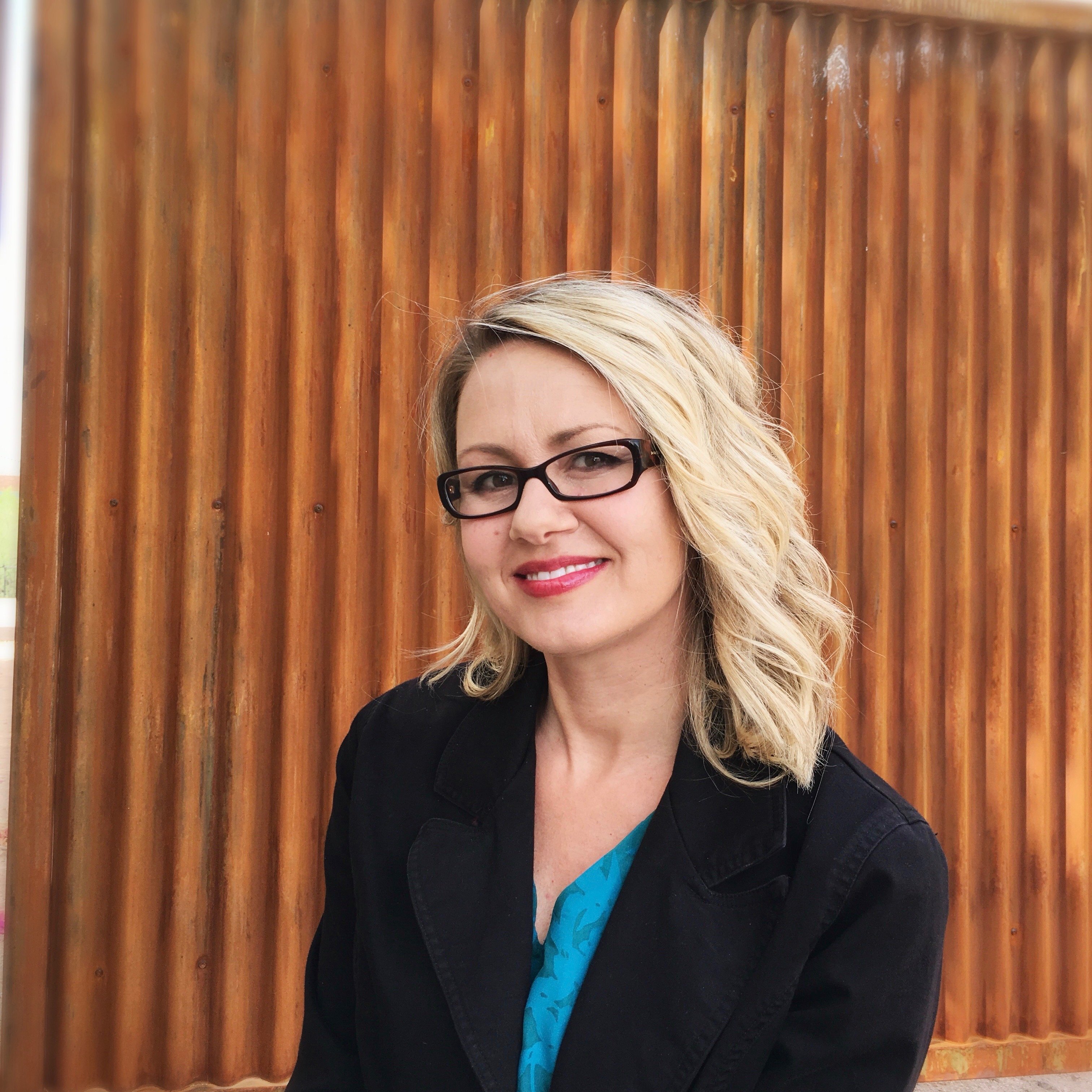What's the deal with Phoenix's Complete Streets policy?
Last summer the city of Phoenix saw the adoption of their complete streets policy, an initiative to provide an infrastructure that encourages and facilitates active transportation such as walking and bicycling, as well as public transportation choices and increased connectivity in order for a more sustainaible transportation system for everyone. The primary focus would be on the street design that would provide safety and comfort for all users of the public right-of-way as opposed to solely on the speed and efficiency of automobile travel. And while the initial buzz for street makeovers ran at full steam ahead, the initiative has hit some speed bumps, with the community asking, “Where are all the complete streets?”

C.J. Eisenbarth Hager, vice chairman of the Complete Streets Advisory Board, recently spoke with KJZZ and answered some questions about the potential reasons for the drag. Hager explained in the interview that the process has slowed, partly because the city staff is stretched thin, but also because they’ve taken eight or nine months to include the community in the discussion as an inclusive process with city officials and builders. Many of these developers have welcomed the idea with open arms, while others have had more difficulty incorporating complete streets policy into their designs.
She also notes that she’s optimistic about moving forward, as staff feeling a renewed excitement for the project and because complete streets could have a positive impact on the health and well-being of Arizonans. Hager plans to present new guidelines to the City of Phoenix Transportation Infrastructure Sub committee, which is a “step more specific than the policy or the ordinance and answers, ‘What does this actually look like?’”
The Phoenix New Times reported in April that the Phoenix City Council voted to “speed up” the process when approving design standards for safer streets due to pressure from activists to get the ball rolling. The new policy was compared to that of Florida’s policy, instituted in 1984 and responsible for preventing up to 4,000 pedestrian deaths. And while Florida’s policy didn't require the state to overhaul existing streets at prohibitively expensive costs, it did mandate that safe pathways for biking and walking be included in new construction or road improvement projects. Phoenix's new guidelines, if approved, would essentially work the same way.
Hager told KJZZ the policy’s vision moving forward is "whenever we touch a road going forward we think of complete streets.” She also noted it was crucial to look at other peer cities that have seen successes in implementing this initiative like Los Angeles and San Antonio, who have wholeheartedly “plunged” into the idea of implementing their infrastructure in this way.
Although the costs associated with changing existing roadways could get expensive, there are also cost-effective ways to deal with already existing streets to avoid becoming overwhelmed. Hager named Grand Avenue in the Historic Grand neighborhood as a relatively cost-effective example of a makeover that employed “a bunch of paint and planters,” and as a result of those changes, “people changed their behaviors…and the businesses thrived as a result.” The area saw a rejuvenation with multiple artistic enhancements and new businesses in 2015 and 2016, including an immigration-themed mural on La Melgosa building.

Hager does acknowledge the challenges involved with encouraging walkability in the high temperatures of the desert. Just two years ago she explained, “if this is going to be a walkable, bikeable, transit-friendly community, we need to have shade and we need to have vegetation near us that’s appropriate for this climate and makes it a lovely walk for us. It’s going to be difficult, that vegetation within the neighborhood setting, particularly for low-wealth communities,” she said.
It seems that still remains a major issue moving forward with the program. “If we can figure out shade and increase that walking and biking,” she told KJZZ, “we will have begun to have solved a problem that’s looming over many other communities as well.”
Although the initiative is off to a slow start, Phoenix neighborhoods can expect to become more walkable, bikeable, and public transit-friendly moving forward. Ultimately, the vision of the complete streets initiative is to have the city not only provide active transportation but to also foster social engagement, instill community pride, support local economy and property values, improve equitable transportation access for vulnerable and transit-dependent populations, and improve the livability and long-term sustainability of the region.

